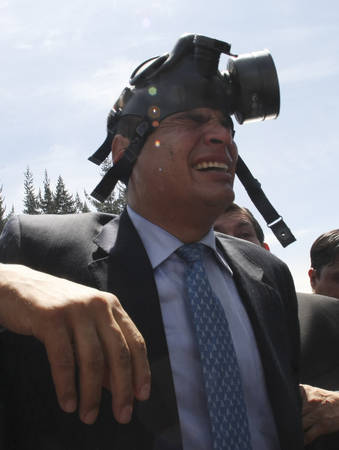The processes of ethnic/‘racial’ discrimination taking
place in Ecuador which have thus far remained hidden from research and policy
making by representations of Ecuador as a homogenously mixed or ‘mestizo’ state.
To uncover these processes, those generally identified as
Ecuadorian upper-class ‘white-mestizos’ in Ecuador’s two main cities, Guayaquil and
Quito, represent their ethnic identity and that of others in relation to the state’s
hegemonic discourse of mestizaje or ‘mixture’. By looking at the terminology used to
refer to certain mestizos, i.e. ‘longo’ and ‘cholo’, the upperclasses’
use of mestizaje hides discriminatory practices that inhibit the creation of
socio-economic networks among mestizos and, therefore, render the returns from
education for certain individuals limited, also checking their opportunities in the
labour market and impeding their social mobility. The state’s promises of social
inclusion and advancement through mestizaje are, therefore, rendered empty.
The Ecuadorian Republic has been historically constructed and represented as a
mestizo or ‘mixed’ state (Clark 1998, Martinez-Echazabal 1998), a construction that
has tacitly rejected Ecuador's indigenous (Muratorio 2000) and Afroecuadorian
heritage (Rahier 1999), advocating acculturation as a means for integration
(Stutzman 1981). The results of the 2001 national census appear to confirm the
success of this ‘mestizo paradigm’, showing that more than three-quarters of the
Ecuadorian population identifies itself as ‘mestizo’ or ‘mixed’ ethnicity/race.












Aucun commentaire:
Enregistrer un commentaire